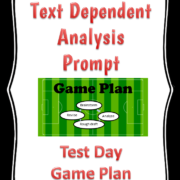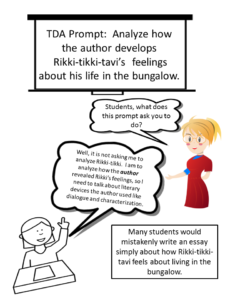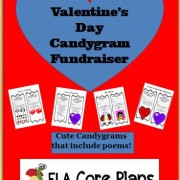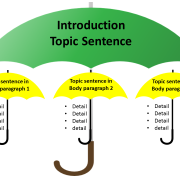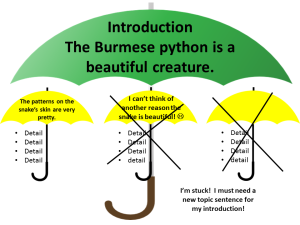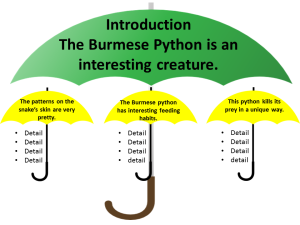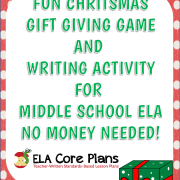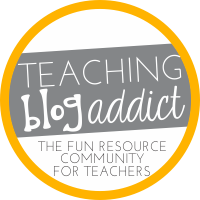2024 Cicadas ELA Activity and Fun Solar Eclipse ELA Lessons!
Solar Eclipse 2024 ELA Activities and 2024 Cicadas ELA Activity
In the upcoming months, two remarkable events are set to unfold across the United States, providing educators with a golden opportunity to infuse their classrooms with unforgettable and truly once-in-a-long-time activities. One of those is the complete solar eclipse that will be occurring this April in 2024 and the other is…the cicadas are coming! We have the perfect 2024 cicadas ELA activity as well as some engaging and fun lessons for the 2024 solar eclipse that you can use in your ELA classrooms!
Cicadas Haiku Writing Activity
Let’s kick things off with a buzz, literally! We’ve got the much-anticipated arrival of cicadas in several states this year. Now, how can we turn this natural phenomenon into a captivating learning experience for our students? Well, we have the perfect 2024 cicada ELA activity, writing cicada haiku! Before you do that, you may want to do a little research project with your students.
You know middle schoolers are at the age where they don’t know what it’s like to experience these bug reunions. They were either toddlers or unborn the last time they arrived. You can start by introducing them to these bugs. I did this in my own class, and many of my students had never even heard of a cicada.
Mini Research Project on Cicadas
Once I generated my students’ interest and told them my own stories of experiencing them, I assigned them a mini research project. I had them create a top-ten facts about cicadas slideshow. Some used Canva and others used Google Slides, but they really got into this. They embedded links to YouTube videos and added lots of pictures and facts. Of course, I let them present their presentations to the class, and we had great discussions about what information was credible and what may not have been. We all learned a great deal about the broods that will be visiting us soon. It was wonderful.
Once the cicadas emerge here, I plan to bring a few into the classroom for inspiration as we write cicada haiku! We may even go outside to write the poems. I have developed brainstorming pages and sample poems to show my students along with directions for writing these poems. You can grab this free 2024 Cicadas Activity Haiku pdf here.
2024 Solar Eclipse Middle School ELA Activities
It’s interesting that in the same year of 2024, there is another major event on the horizon. A total solar eclipse is coming in April. We are in SC, and we had a total solar eclipse here in 2017. You may have been a part of that. It was amazing! I don’t think we will get in on this one completely, but I will still use parts of the activities that I did with my ELA students back then. Creating a black out poem is fun and goes perfectly with this event! We’ve put together an incredible resource to make this specific 2024 solar eclipse event a memorable learning experience for your students. It has the black out poem directions as well as an informational text about solar eclipses, a fun analysis activity with the classic ‘Total Eclipse of the Heart’ song, acrostic poem, haiku, and more. It’s a comprehensive package to explore the wonders of a solar eclipse through various ELA activities. You can find this resource on our Teachers Pay Teachers store.
We hope these upcoming events add an extra layer of excitement to your ELA classrooms. Don’t forget to check out our free cicadas haiku writing activity!
Join us as we reveal surprising events in 2024 that promise to infuse excitement into your classrooms. This year in 2024, there are two natural phenomena that can become captivating learning experiences for middle school ELA students. This episode is filled with creative ideas and resources. Listen in to uncover the surprise elements that will add a unique touch to your teaching toolkit. Be sure to grab the FREEBIE mentioned in this episode here! Also, check out the TpT resource mentioned about the total eclipse of 2024 here. Don’t miss out – let the adventure begin!

